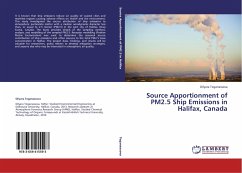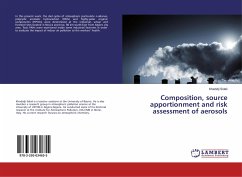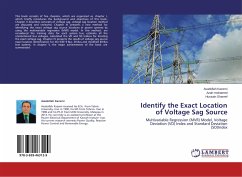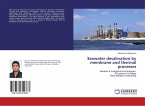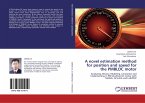It is known that ship emissions reduce air quality of coastal cities and maritime regions causing adverse effects on health and the environment. This study investigated the source attribution of ship emissions to atmospheric particulate matter with a median aerodynamic diameter less than, or equal to 2.5 micron (PM2.5) in the port city of Halifax, Nova Scotia, Canada. The book provides details of the sampling method, analysis, and modelling of the sampled PM2.5. Receptor modelling (Positive Matrix Factorization) was used to determine the seasonal source contribution of ship emissions and other sources to the total PM2.5 mass concentration in Halifax. The project data, findings, and results will be valuable for researchers, policy makers to develop mitigation strategies, and anyone else who may be interested in atmospheric air quality.

